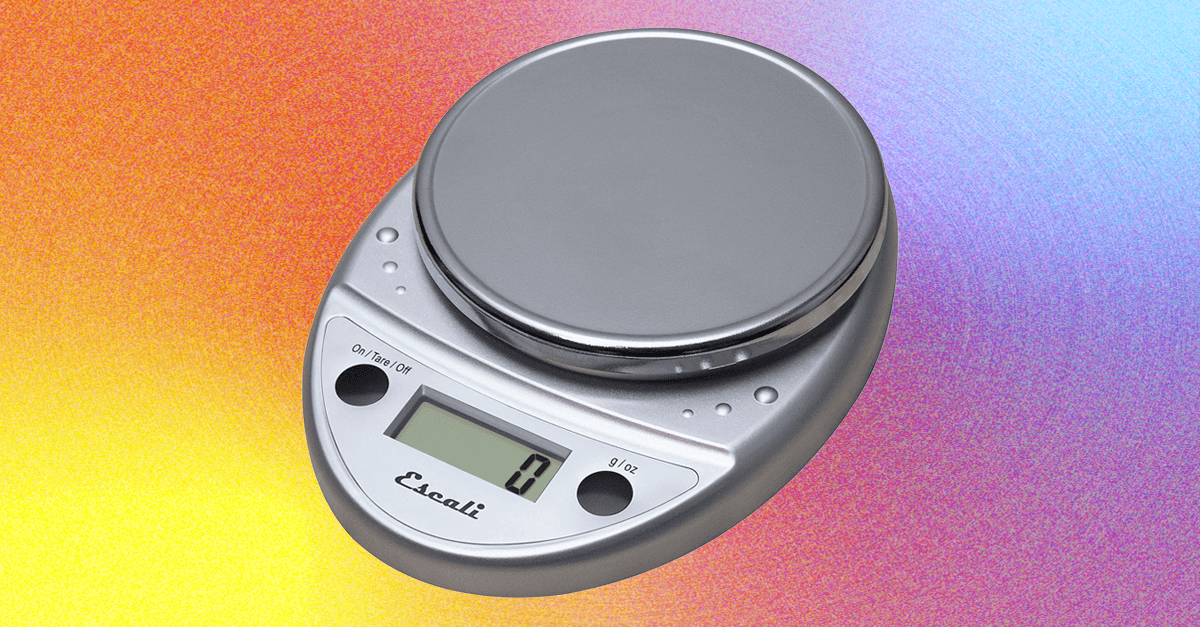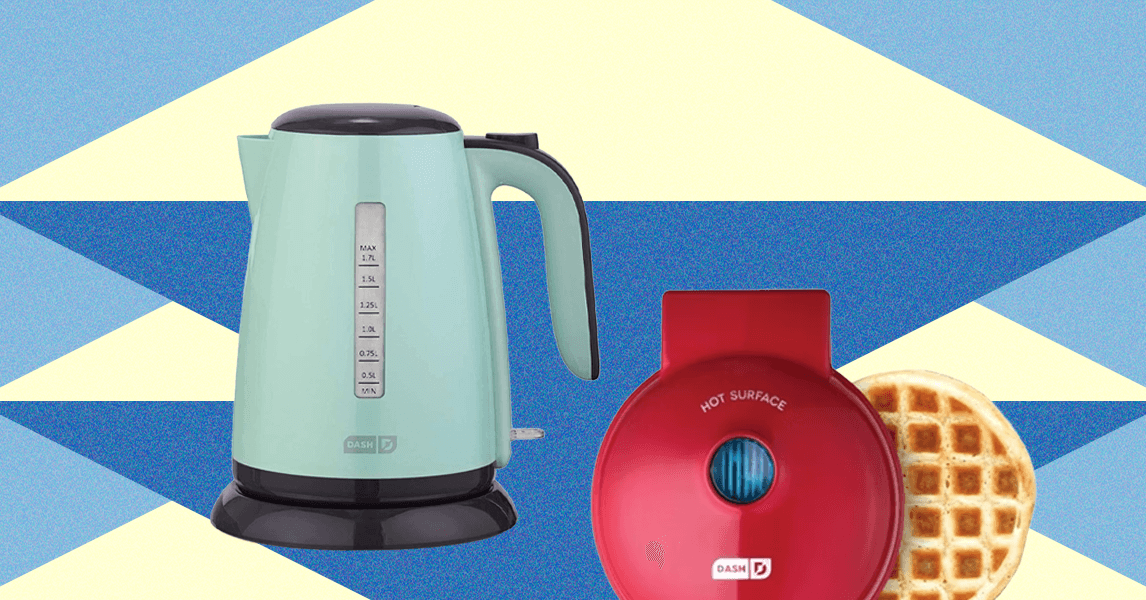Blog
6 Kitchen Items to Bring to a Vacation Rental

- A sharp knife makes cooking in a rental kitchen easier, since rental kitchen tools can be dull.
- Bringing your own salt, spices and oils makes meals tastier and avoids using old ingredients at rentals.
- Reusable bags and beeswax wraps help carry and store market finds without using plastic or foil.
Last fall, I rode my bike from Montréal to Sherbrooke, Quebec, on the Véloroute Gourmande. I spent the five-day, 160-mile trek seeking out locally made culinary specialities. The year before, I rambled from Rome to the mountain village of Tagliacozzo to Florence by train, soaking up info about regional Italian cuisines as I went. In 2018, I drove 2,000 miles, mostly solo, exploring the wilds of Colorado and Wyoming, stopping at the farmstands and farmers’ markets I passed en route.
In all three cases I stayed in a variety of rental homes, and whether I was at a ranch in Wyoming or a villa in Italy, the kitchens were lacking in the tools and staple ingredients I needed to make simple and delicious meals from the cheeses, pastas, vegetables and meats I’d purchased.
As a professional food writer, my favorite way to learn about a place is through its produce and its products, so I began traveling with a kit of items that help me make the most of the delicious things I discover on my journeys. I scale the contents up or down depending on my mode of transportation—a bike trip has different requirements than a plane ride, after all—but I always have a version of my kit with me. Here are some of the things I bring.
1. Sharp Chef’s Knife (or Portable Knife Sharpener)
Slicing vegetables with a razor-sharp knife is a delight, while a dull edge is a fast path to culinary frustration, so relying on the knives you’ll find at your rental could lead to some tears. If you’ll be journeying to your destination by car, you could choose to bring along an entire knife kit, but you could also select a favorite chef’s knife and paring knife combo and deftly accomplish nearly any kitchen task.
Traveling by plane, or generally packing light? There are two great ways to scale down and still end up satisfied in the kitchen: a folding chef knife, a portable knife sharpener, or both. If you typically rely on a knife-sharpening service, don’t fear: there are plenty of sharpeners out there that set up the angles for you…all you need to do is pull the knife through. The resulting edge may not be perfect, but it’ll get you through your vacation.
2. Salt
I used to own a restaurant named Salt, and from that detail alone you can tell that I’m serious about salinity. At home, I keep an array of sea salts and finishing salts on hand—from snowy white Icelandic salt, to gray Celtic sea salt to smoked versions from Maine—and don’t use the iodine-enhanced refined table salt as a garnish, or for cooking.
On my travels, when I buy a sun-ripened tomato at a farmers’ market, I want to make sure that the salt I sprinkle on top does it justice. That’s why I pack a few of my favorite salts to bring along on any adventure.
Tiny zip-top baggies are a minimalist solution for salt and spices on the go, but I try to avoid single-use plastics. Thus, I lean toward petite, stackable storage containers that lock together (just make sure the ones you buy are food-safe). If you have plenty of room, and weight isn’t an issue, glass, metal or wooden containers are even better.
3. Spice Blends
Raise your hand if you’ve ever opened a rental-kitchen spice cupboard and found nothing but some caked chili powder and musty Italian seasoning a few years out of date. My tiny Vermont kitchen is stocked with a glorious array of spices from around the world, but since I don’t want to tote around an extra suitcase full of seasonings when I travel, I lean heavily on complex mixes and blends.
Which ones do I bring? It depends on where I’m going and what’ll be in season. Will I be lounging around in a beach hut, with plenty of eggplants, peppers and zucchini at my disposal? Perhaps I’ll bring a Mediterranean herb mix or fragrant Moroccan ras el hanout.
If I’m heading out on a winter vacation with my snowshoes and some novels to read by a cozy fireplace, I’ll lean toward combos with Scandinavian or German ingredients, including dill, juniper berries, coriander and caraway. These are perfect with dishes that include beets, potatoes and cabbage.
My spices travel the same way as my salts: twisty lockable containers when I’m trying to minimize “stuff” or whatever upcycled jars I have on hand if I’m not.
4. A Corkscrew + Bottle Opener
If you’ve purchased a fine Cabernet or Riesling that comes in a bottle with a cork, it’s a major disappointment when there’s not a corkscrew in the house. Yes, I know there are a few different ways to open wine without a corkscrew, but if you pack your own opener, you’ll never have to try sticking a wine bottle in a shoe and smacking it on a table. When you pick out your travel wine key or corkscrew, select one that can also pop bottle caps. That way, you’ll be covered in all sorts of different sipping situations.
5. Oil and Vinegar
Olive oil and avocado oil are staple foods in my household, which means that I use them up quickly and never have to worry about the contents of the bottles becoming oxidized (aka rancid). That’s important because these otherwise healthy oils can be harmful if they’ve been sitting around in the cupboard for too long, which often happens in a rental home. Some people can detect oxidation by aroma, but the most certain way to have safe and healthy oil while traveling is to bring your own. I make an exception if I’m going to a region where exceptional oil is produced, in which case, I’ll buy some when I arrive.
If you’re packing oil, why not bring along some vinegar? Adding the zip of acidity to soups, stews and salads is a crucial component of “seasoning to taste,” and in that role, small splashes of vinegar make their way into nearly every dish I prepare. I buy most of my vinegars from small, artisan producers, and some offer sample-size 2-ounce bottles that are leak-proof and perfect for taking on the road. When I empty a bottle of vinegar, I’ll use a petite funnel to refill it with one of my travel oils of choice.
6. Beeswax Wrap and Fabric Produce Bags
As a young child, I learned how to decorate holiday eggs in the Ukrainian style, drawing on the shells with melted wax to resist the dye. Since then, I’ve loved the honeyed smell of beeswax and was excited to learn that wax-coated cloth can be used as a plastic-wrap alternative.
I like to pack a few fabric produce bags and some pieces of beeswax wrap in my luggage. The fabric bags come along to grocery stores or farmers’ markets and can be used to store fresh fruit, vegetables and loaves of bread. The wrap is great for covering leftovers and the myriad pieces of cheese that inevitably find their way into the fridge at any rental I happen to occupy.
The Bottom Line
With a little bit of planning and some resourceful packing, it’s possible to enhance nearly any travel experience. Having handy tools and flavorful seasonings at your disposal will make cooking and eating on the go more pleasurable. What to bring? A sharp knife or knife sharpener, a corkscrew and some food storage options will make life easier in the kitchen. Including a few staple ingredients in your kitchen kit—salt, spices, oil and vinegar—will allow you to make the most of whatever wonderful ingredients you find on your journey.












